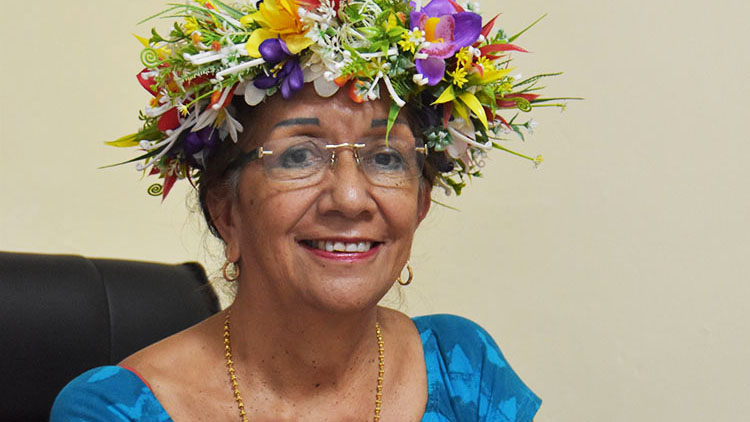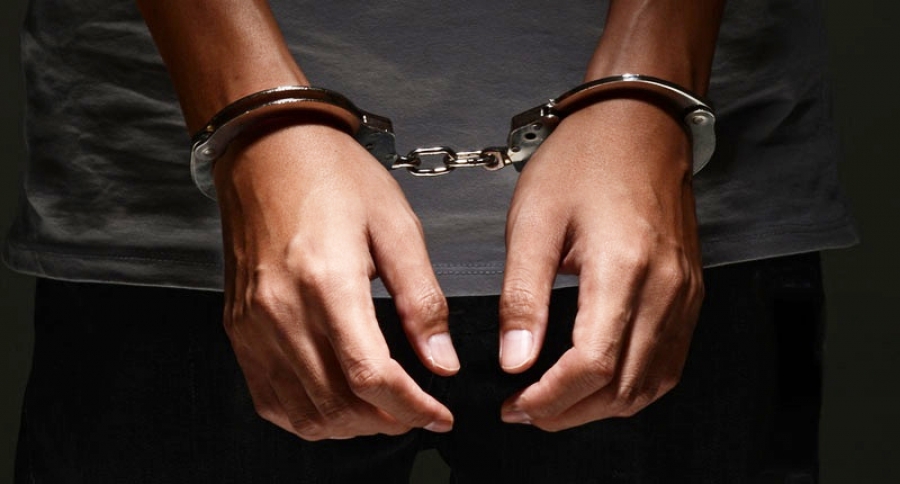TANNA – The first images have begun to emerge of the destruction on Tanna, about 200 kilometres south of the capital Port Vila, as aid workers and officials begin to assess the damage on the island.
Tanna and its 29,000 people took the full force of the category five storm, which carried winds of up to 300 kilometres an hour when it tore through Vanuatu last week.
With communications cut off and reconnaissance flights revealing destroyed houses, shredded forests and damaged buildings, international aid agencies had been particularly worried about Tanna, which bore the full force of the storm.
The Australian Red Cross said most of the homes on the island were reported to have been destroyed.
A resident said that while damage was extensive, it appeared most of the population had survived by sheltering in schools, churches and other sturdy buildings.
“People sheltered in school buildings. We were helping one another,” Ropate Vuso, 67, told Reutersnna.
“We are running short of food, water, shelter and electricity. We have no communications, we are still waiting for the people from parliament, the chief and the president, but still nobody is coming.”
There were unconfirmed reports of four deaths in and around the main town of Tanna.
Sweden said on Tuesday a Swedish man aged around 80 who had emigrated was among the dead.
A New Zealander who made it off the island said the devastation there was simply indescribable – and worse than Port Vila where thousands were homeless.
Mike Keegan arrived in Tanna for a holiday on Wednesday and was told the storm would miss the island.
By Saturday morning he was taking cover in the passage way of a concrete guest house while Cyclone Pam roared outside.
“It sounded like a 747 parked on the roof. Just a horrendous noise, just horrendous.”
Red Cross regional delegation head Aurelia Balpe said because of the communication black-out on Tanna, the agency did not know if emergency supplies on the island had survived the storm, or had been distributed.
Balpe said getting aid to the island may not be straightforward.
“I know that the airport was damaged in the cyclone. Small planes were able to land over the last couple of days, but there would need to be some kind of assessment of the viability of that airstrip for bigger supply planes.”
There is some confusion over the number of deaths caused by the cyclone across Vanuatu. The United Nations has put the death toll at 24.
“There are 24 confirmed fatalities, 11 from Tafea, eight from Efate and five from Tanna,” the UN’s Office for the Co-ordination of Humanitarian Affairs said in a situation report.
But there were discrepancies with the figure, as the National Disaster Management Office has put the death toll at 11 – five on Tanna Island and six in Port Vila.
The fatalities included a teenage boy and his mother, killed by flying debris, and two women crushed by a wall of a church they were sheltering in.
The National Disaster Management Office said an expatriate died when he went down with his yacht, but has withheld his nationality.
Aid workers who have managed to land on Tanna Island say almost all of the traditional houses have been destroyed and residents are in desperate need of food and water.
National director of World Vision in Vanuatu Michael Wolfe said there appeared to be enough food for about five days, and it would take about four months for local crops to grow back.
The Red Cross has also managed to reach the island and said it had been devastated.
Oxfam’s Vanuatu country manager, Colin Collett van Rooyen, said an assessment flight over the island of Erromango, north of Tanna with a population of around 2,000, had revealed huge damage there too.
“What we have seen is damage in some villages, at the upper range, of 70, 80, 90 per cent, one village in particular 100 per cent,” he said. “These are small villages but massive destruction.”
Aircraft flying over other outlying islands had seen large white “Hs” marked out on the ground, or residents trying to signal for help with mirrors, he added.

















































